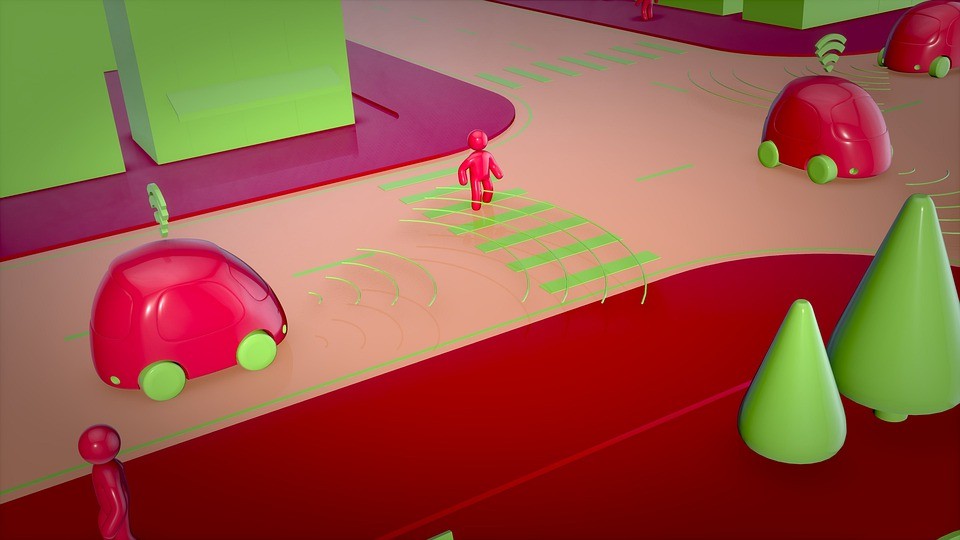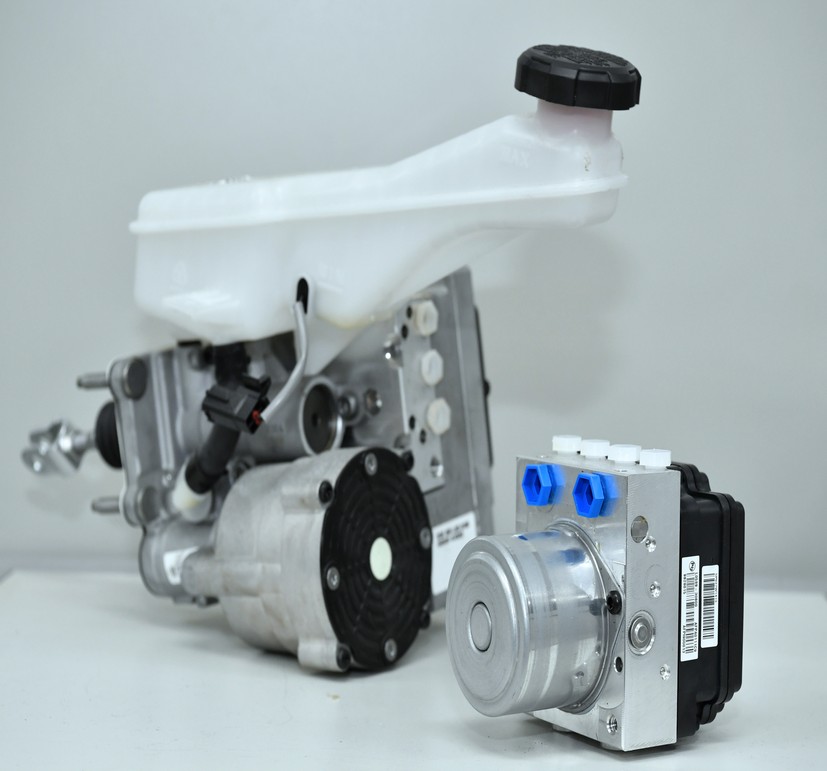
Autonomous cars are the future, or so many say. But there are many questions too, mostly related to safety. Once questions that often arises is about braking. Will autonomous car ever fully be able to brake as good as a human being does? Are all those sensors and radar systems really better than the human eye and brain?
As of now, the answer to this question is not completely known. Many carmakers are developing brake systems that automatically brake for other vehicles, human beings, bicycles, and even for animals. These systems are getting better by day, but they are yet far away from perfect. What happens, for example, if this fancy fully data-driven brake system suddenly fails?
Every system can fail, even the most advanced. And without a driver sharp at the ready to override the system, the car is driving autonomously after all, accidents may happen, with serious consequences. The answer, according to Hyundai Mobis: add a new “redundancy brake system” to the autonomous vehicle.

Hyundai Mobis redundancy brake system.
Hyundai Mobis, founded in 1977, is the main part maker for Hyundai Motors, but they also sell parts to other carmakers. Their redundancy brake system is designed to automatically brake a vehicle if the primary brake system fails. The system stands in contact communication with the primary brake system, via a single ECU. As soon as the redundancy systems detects a failure at the primary system it will automatically activate and bring the vehicle to a complete stop.
Hyundai Mobis claims the system works up until Level 4 (L4) autonomous driving. What these ‘levels’ exactly mean is not well-defined. Tesla says it has reached L4 and will update to L5 soon. But most automakers, including many advanced Chinese startups, are somewhere between L2 and L3. Hyundai itself said earlier it will launch its first L4 car by 2020.
The new system will likely made acceptance of autonomous vehicles a bit more easier, taking away some worries about safety, and most important; about safe braking systems.